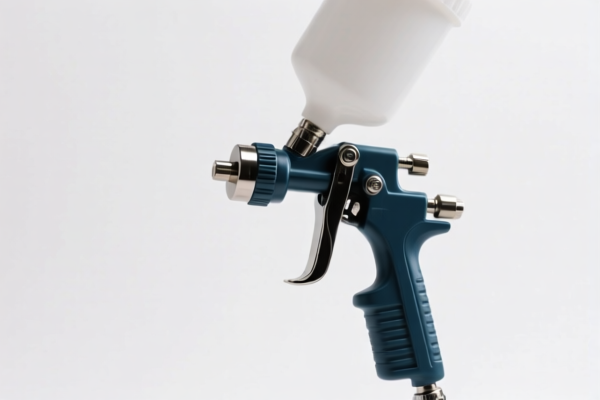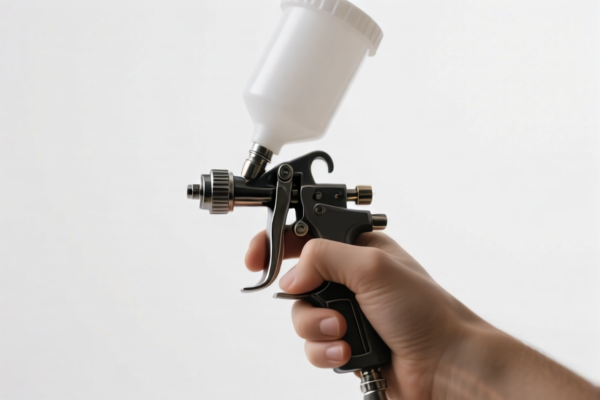| HS Code | Official Doc | Tariff Rate | Origin | Destination | Effective Date |
|---|---|---|---|---|---|
| 9616100000 | Doc | 37.5% | CN | US | 2025-05-12 |
| 9616200000 | Doc | 34.3% | CN | US | 2025-05-12 |
| 9620003090 | Doc | The rate applicable to the article of which it is an accessory+30.0% | CN | US | 2025-05-12 |
| 9620005000 | Doc | 60.3% | CN | US | 2025-05-12 |
| 8424201000 | Doc | 57.9% | CN | US | 2025-05-12 |
| 8479899599 | Doc | 57.5% | CN | US | 2025-05-12 |
| 9503000071 | Doc | 30.0% | CN | US | 2025-05-12 |
| 9503000073 | Doc | 30.0% | CN | US | 2025-05-12 |
| 9506400000 | Doc | 35.1% | CN | US | 2025-05-12 |
| 9506990530 | Doc | 37.5% | CN | US | 2025-05-12 |
| 3926901600 | Doc | 40.6% | CN | US | 2025-05-12 |
| 3926909989 | Doc | 42.8% | CN | US | 2025-05-12 |
| 3923500000 | Doc | 60.3% | CN | US | 2025-05-12 |
| 3923900080 | Doc | 58.0% | CN | US | 2025-05-12 |
| 7326908688 | Doc | 82.9% | CN | US | 2025-05-12 |
| 7326908688 | Doc | 82.9% | CN | US | 2025-05-12 |
| 7323997000 | Doc | 60.3% | CN | US | 2025-05-12 |
| 7323999080 | Doc | 83.4% | CN | US | 2025-05-12 |




Spray Water Gun
A spray water gun, also known as a water pistol or water blaster, is a toy designed to squirt water. It operates on various mechanisms to propel a stream of water towards a target.
Material
Historically, these toys were constructed from metal, often zinc alloy or tinplate. Modern water guns are predominantly made of plastic, including polypropylene, polystyrene, and ABS plastic, due to their lower cost, lighter weight, and resistance to corrosion. Rubber components are used for seals and pump components.
Purpose
The primary purpose of a spray water gun is recreational play, typically involving simulated combat or playful soaking between participants. They are commonly used during warm weather activities, such as at the beach, pool, or during outdoor games.
Function
The basic function involves creating pressure to force water out of a nozzle. This is achieved through several methods:
- Manual Pump Action: The user repeatedly pumps a handle to draw water into a chamber and then expel it with each squeeze.
- Bladder-Based: A bladder inside the gun is filled with air, and squeezing the trigger compresses the bladder, forcing water out.
- Pressurized Tank: Some models utilize a pressurized air tank that is pumped up, storing energy to release a powerful stream of water.
- Battery-Powered: More advanced models use electric motors to pump water, creating a continuous or high-pressure stream.
Usage Scenarios
- Outdoor Play: Gardens, parks, beaches, swimming pools.
- Water Fights: Organized or spontaneous games between individuals or teams.
- Summer Activities: A common toy for cooling off during hot weather.
- Pool Games: Used for playful interactions in and around swimming pools.
Common Types
- Simple Pump Action: Basic models requiring manual pumping for each shot. Often smaller and less powerful.
- Piston-Based: Utilizes a piston to draw and expel water, offering increased range and power compared to simple pump action guns.
- Tank-Based: Features a reservoir that is pressurized, allowing for multiple shots without constant pumping.
- Electric Water Guns: Battery-powered, providing continuous or high-pressure streams. These often have larger water capacities and greater range.
- Super Soakers: A brand name (owned by Hasbro) that popularized high-capacity, pressurized tank water guns. They generally use air pressure to create powerful streams.
- Gel Blasters: While similar in appearance, gel blasters fire hydrated polymer beads (hydrogels) instead of water and are often marketed towards older children and adults. They are not considered traditional water guns.
Based on the provided reference material, “spray water gun” can be classified under the following HS codes:
-
8424201000: Mechanical appliances (whether or not hand operated) for projecting, dispersing or spraying liquids or powders; fire extinguishers, whether or not charged; spray guns and similar appliances; steam or sand blasting machines and similar jet projecting machines; parts thereof: Spray guns and similar appliances: Simple piston pump sprays and powder bellows. This code specifically covers simple piston pump sprays, which aligns with the function of a spray water gun. The tariff details include a base tariff of 2.9%, an additional tariff of 25.0%, and a further 30.0% after April 2, 2025, resulting in a total tariff of 57.9%.
-
7326908688: Other articles of iron or steel: Other: Other: Other: Other. This code applies to other articles of iron or steel. Given that spray water guns may be manufactured from iron or steel, this HS code is relevant. The tariff details include a base tariff of 2.9%, an additional tariff of 25.0%, and a further 30.0% after April 2, 2025, plus an additional 25% tariff on steel/aluminum products, resulting in a total tariff of 82.9%.
-
3926901600: Other articles of plastics and articles of other materials of headings 3901 to 3914: Other: Pacifiers. While primarily for pacifiers, this code covers other articles of plastics. If the spray water gun is made of plastic, this HS code may be applicable. The tariff details include a base tariff of 3.1%, an additional tariff of 7.5%, and a further 30.0% after April 2, 2025, resulting in a total tariff of 40.6%.
Regarding HS code 7326908688, please note the need to verify the material (steel or aluminum) and may require additional tariff considerations for steel/aluminum products.
Customer Reviews
No reviews yet.